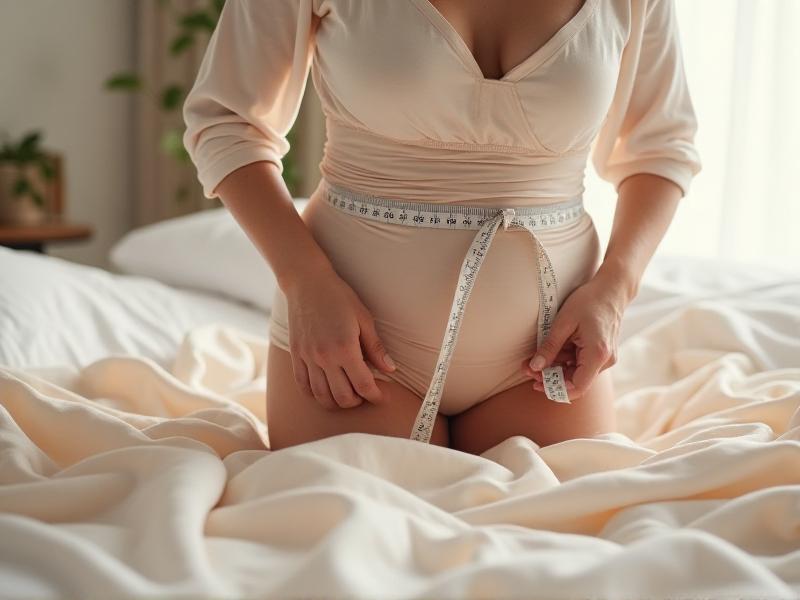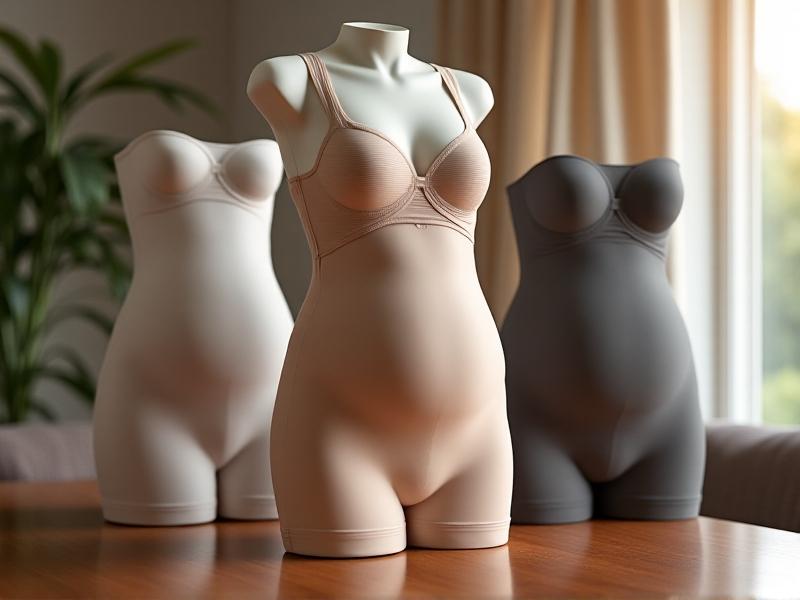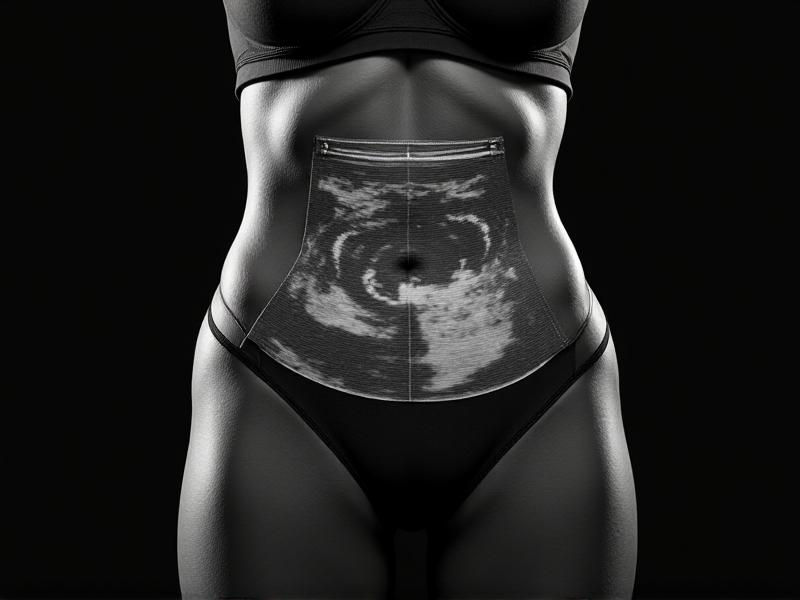Postpartum Compression Garment Fit Guides
Understanding the Importance of Postpartum Compression Garments
Postpartum compression garments are essential for new mothers as they aid in the recovery process after childbirth. These garments provide support to the abdominal muscles, which can be weakened during pregnancy and delivery. By applying gentle pressure, they help reduce swelling, improve blood circulation, and promote faster healing. Understanding the benefits of these garments is the first step toward making an informed decision about postpartum care.
Moreover, compression garments can also help in shaping the body back to its pre-pregnancy state. They provide a sense of comfort and security, which is crucial during the postpartum period when the body is undergoing significant changes. It's important to note that while these garments are beneficial, they should be used in conjunction with a healthy lifestyle, including proper nutrition and light exercise, to achieve the best results.

Choosing the Right Size for Your Postpartum Compression Garment
Selecting the correct size for your postpartum compression garment is crucial for ensuring its effectiveness and comfort. A garment that is too tight can cause discomfort, restrict movement, and even lead to circulation problems. On the other hand, a garment that is too loose will not provide the necessary support and may not yield the desired results.
To determine the right size, it's essential to take accurate measurements of your body, particularly around the waist, hips, and chest. Most brands provide detailed sizing charts that can guide you in making the right choice. It's also advisable to try on the garment before purchasing, if possible, to ensure a proper fit. Remember that your body will continue to change in the weeks following childbirth, so it's a good idea to reassess the fit periodically and make adjustments as needed.

Types of Postpartum Compression Garments Available
There are various types of postpartum compression garments available, each designed to meet different needs and preferences. The most common types include belly wraps, girdles, and full-body suits. Belly wraps are ideal for providing targeted support to the abdominal area, while girdles offer more comprehensive coverage, extending to the hips and lower back.
Full-body suits, on the other hand, provide support to the entire torso, including the chest, abdomen, and hips. These suits are often preferred by women who have undergone cesarean sections, as they offer additional support to the surgical site. When choosing a type of garment, consider your specific needs, such as the level of support required, the areas of the body that need attention, and your personal comfort preferences.

How to Wear and Care for Your Postpartum Compression Garment
Properly wearing and caring for your postpartum compression garment is essential for maximizing its benefits and ensuring its longevity. When putting on the garment, start by aligning it with your body's natural curves. Ensure that it fits snugly but not too tightly, and adjust any straps or closures as needed for a secure fit. It's important to wear the garment consistently, especially during the first few weeks postpartum, to achieve the best results.
Caring for your compression garment involves regular washing to maintain hygiene and elasticity. Most garments can be hand-washed or machine-washed on a gentle cycle, but it's important to follow the manufacturer's care instructions. Avoid using harsh detergents or bleach, as these can damage the fabric. After washing, allow the garment to air dry to preserve its shape and elasticity. Proper care will ensure that your garment remains effective and comfortable throughout the postpartum period.
Common Mistakes to Avoid When Using Postpartum Compression Garments
While postpartum compression garments can be highly beneficial, there are common mistakes that new mothers should avoid to ensure their effectiveness and safety. One common mistake is wearing a garment that is too tight, which can lead to discomfort, restricted movement, and even health issues such as poor circulation. It's important to choose a garment that fits snugly but allows for comfortable movement and breathing.
Another mistake is wearing the garment for too long without taking breaks. While it's important to wear the garment consistently, it's equally important to give your body time to rest and recover. Prolonged use without breaks can lead to skin irritation and other discomforts. Additionally, some mothers may rely solely on compression garments for postpartum recovery, neglecting other important aspects such as proper nutrition and light exercise. Remember that compression garments are just one part of a comprehensive postpartum care plan.
Testimonials and Success Stories from Real Mothers
Hearing from other mothers who have used postpartum compression garments can provide valuable insights and encouragement. Many women have shared their positive experiences, noting how the garments helped them feel more supported and confident during the postpartum period. Some have reported significant improvements in their abdominal strength and overall body shape, while others have appreciated the comfort and security that the garments provided.
One mother shared how wearing a postpartum compression garment helped her recover more quickly after a cesarean section, providing the necessary support to the surgical site and reducing discomfort. Another mother mentioned how the garment helped her regain her pre-pregnancy shape, boosting her confidence as she transitioned into motherhood. These testimonials highlight the potential benefits of postpartum compression garments and can serve as a source of inspiration for new mothers considering their use.
Expert Tips for Maximizing the Benefits of Postpartum Compression Garments
Experts recommend several tips for maximizing the benefits of postpartum compression garments. First, it's important to start wearing the garment as soon as possible after childbirth, ideally within the first few days. This helps to provide immediate support to the abdominal muscles and promote faster healing. Additionally, experts suggest wearing the garment for a few hours each day initially, gradually increasing the duration as your body adjusts.
Another tip is to combine the use of compression garments with other postpartum recovery practices, such as light exercise and proper nutrition. Gentle exercises like walking and pelvic floor exercises can help strengthen the abdominal muscles and improve overall recovery. Proper nutrition, including a balanced diet rich in vitamins and minerals, is also essential for supporting the body's healing process. By following these expert tips, you can enhance the effectiveness of your postpartum compression garment and achieve a smoother recovery.
Frequently Asked Questions About Postpartum Compression Garments
Many new mothers have questions about postpartum compression garments, and it's important to address these to ensure they feel confident in their use. One common question is whether these garments are safe to wear after a cesarean section. The answer is yes, but it's important to choose a garment that provides additional support to the surgical site and to consult with your healthcare provider before use.
Another frequently asked question is how long to wear the garment each day. While it's generally recommended to wear the garment for a few hours each day initially, the exact duration can vary depending on your individual needs and comfort. It's also important to listen to your body and take breaks as needed. Other questions include whether the garments can be worn during sleep, how to clean them, and whether they are suitable for all body types. Addressing these questions can help new mothers make informed decisions about their postpartum care.
Conclusion: Embracing the Journey of Postpartum Recovery
Postpartum recovery is a unique and personal journey for every mother, and postpartum compression garments can play a valuable role in this process. By providing support, comfort, and encouragement, these garments can help new mothers navigate the physical and emotional changes that come with childbirth. It's important to approach postpartum recovery with patience, self-compassion, and a willingness to seek support when needed.
Remember that every mother's experience is different, and what works for one may not work for another. By understanding the benefits of postpartum compression garments, choosing the right fit, and following expert advice, you can create a postpartum care plan that supports your individual needs and goals. Embrace the journey of postpartum recovery with confidence, knowing that you are taking positive steps toward healing and well-being.








